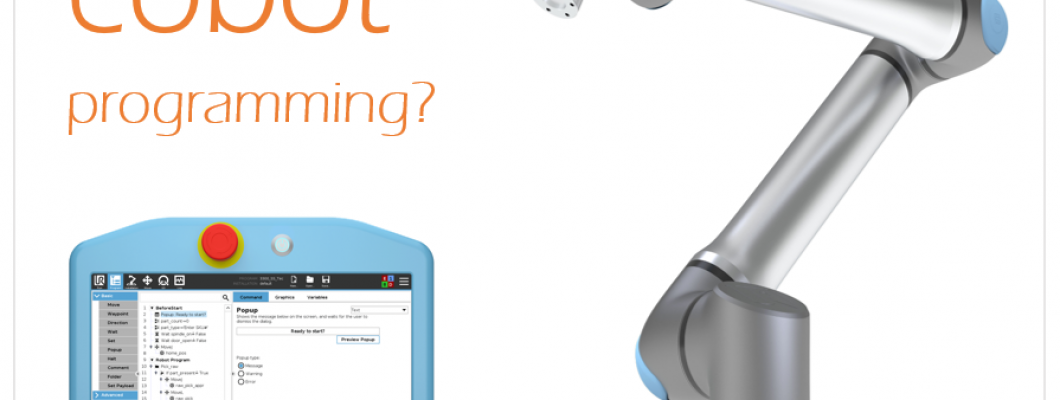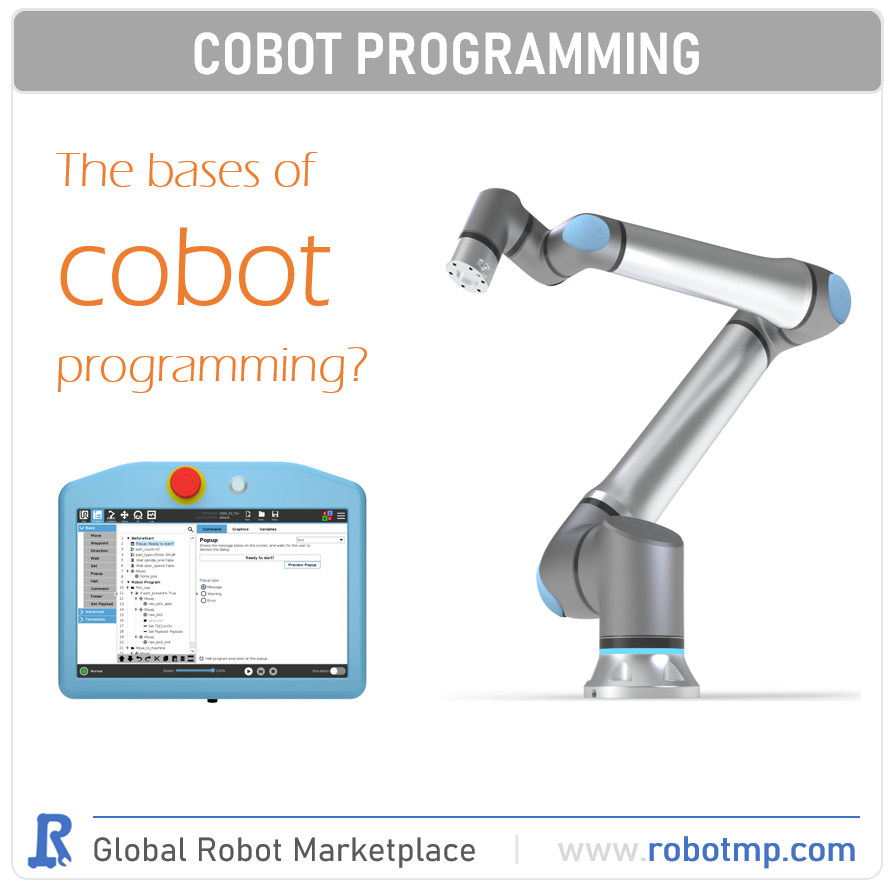
10 Apr 2023
0 Comment(s)
1268 View(s)
Cobots, or collaborative robots, are designed to work alongside humans and are programmed to perform specific tasks in a safe and efficient manner.
The programming of cobots can vary depending on the specific application and the type of cobot being used, but there are some common bases of cobot programming:
Understanding the Task: Before programming a cobot, it is important to have a clear understanding of the task it will be performing. This includes understanding the desired outcome, the steps involved, and any safety considerations.
User interface: Most COBOT programming is done using a graphical user interface (GUI) that allows the user to easily drag and drop commands and actions into a sequence. This interface may also include programming wizards that can help guide the user through the programming process.
Programming languages: While COBOT programming is often done through a GUI, many COBOTs also support programming languages such as Python or C++. These languages can be used to create more complex and customized programs for the COBOT.
Sensors: COBOTs are typically equipped with a variety of sensors that allow them to detect and respond to their environment. Programming for COBOTs often involves configuring and calibrating these sensors to ensure that the robot can operate safely and effectively in its environment.
Safety: One of the key considerations in COBOT programming is safety. Since COBOTs are designed to work alongside humans, it is important to ensure that the robot can operate safely and avoid collisions or other dangerous situations. Programming for safety may involve setting up safety zones or configuring the COBOT's behavior based on the presence of humans in the workspace.
Setting Up the Work Environment: Cobots need to be programmed to operate within a specific work environment, including the position of the cobot, the location of the workpiece, and any safety barriers or sensors that need to be configured.
Teaching the Cobot: Many cobots can be taught through demonstration, where the user physically moves the cobot through the desired sequence of actions. This method is often used for simple tasks or for tasks that require a high degree of precision.
Testing and Refining: Once the cobot has been programmed, it is important to test and refine the program to ensure that it operates safely and efficiently. This may involve making adjustments to the program or the work environment.

